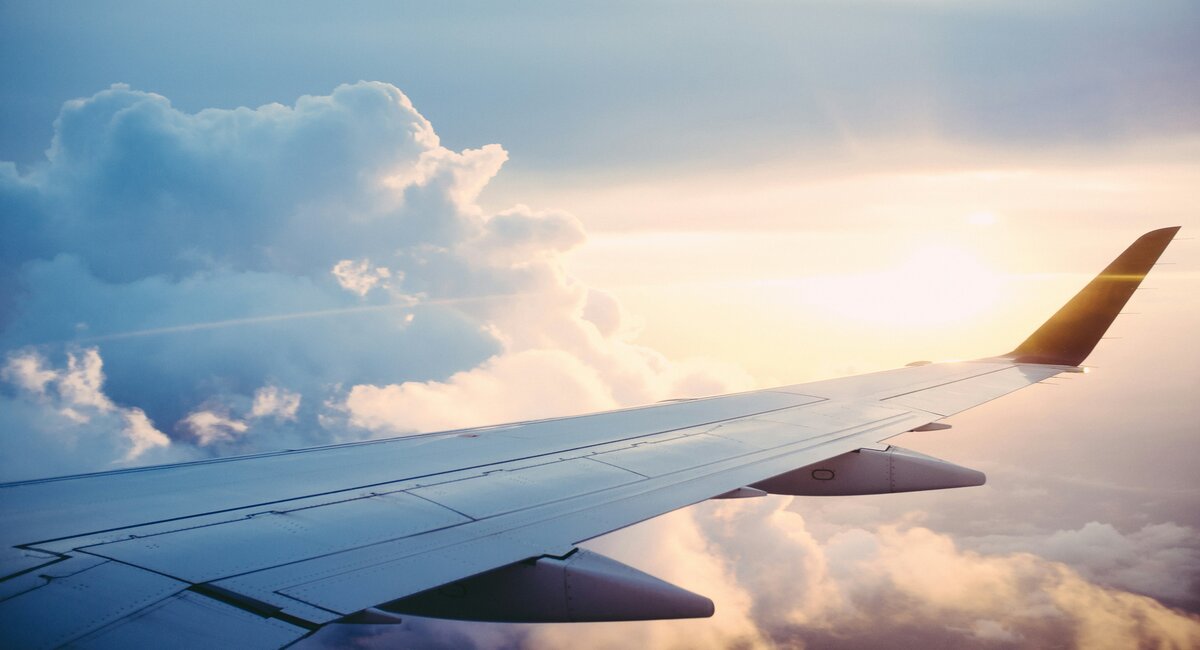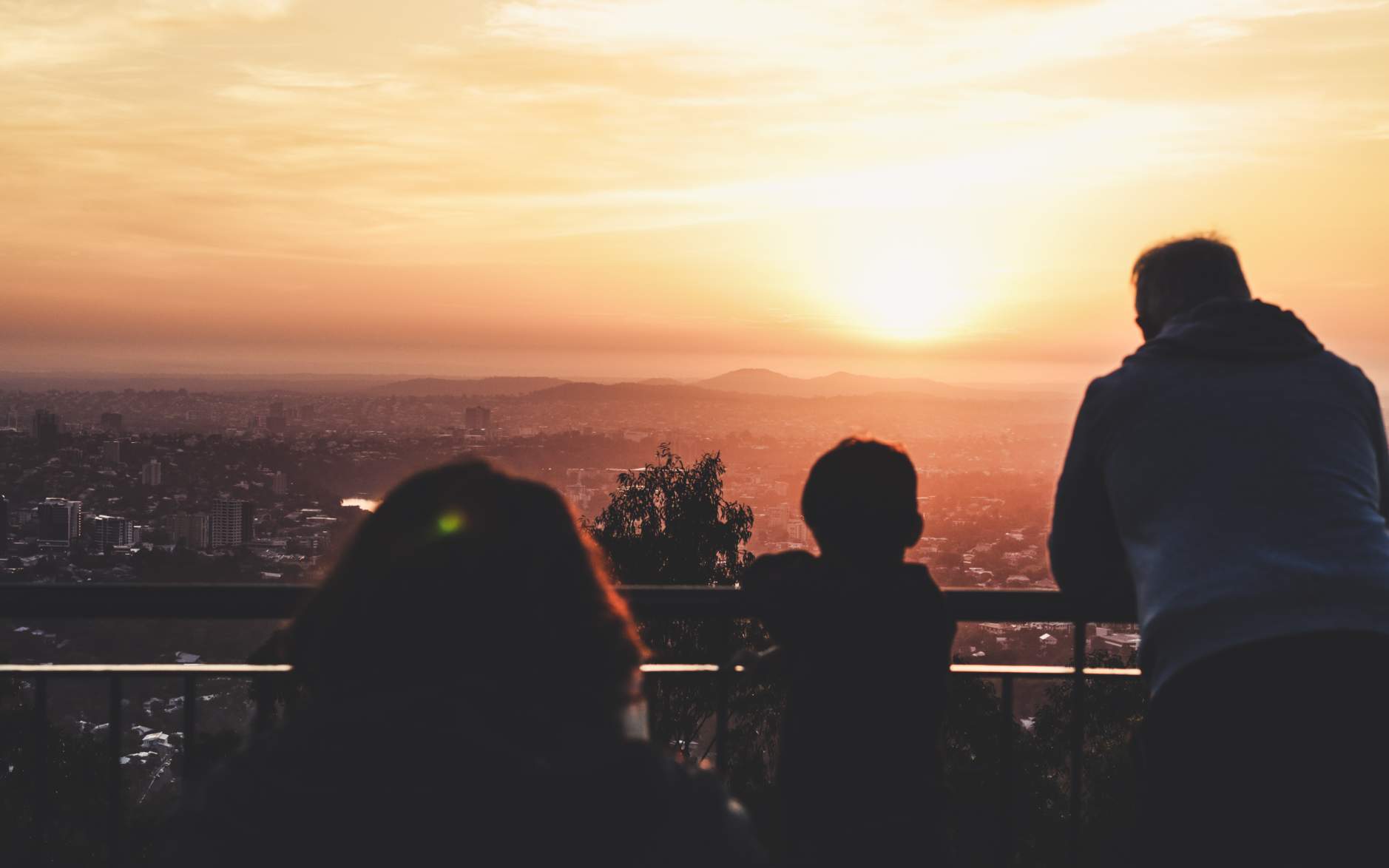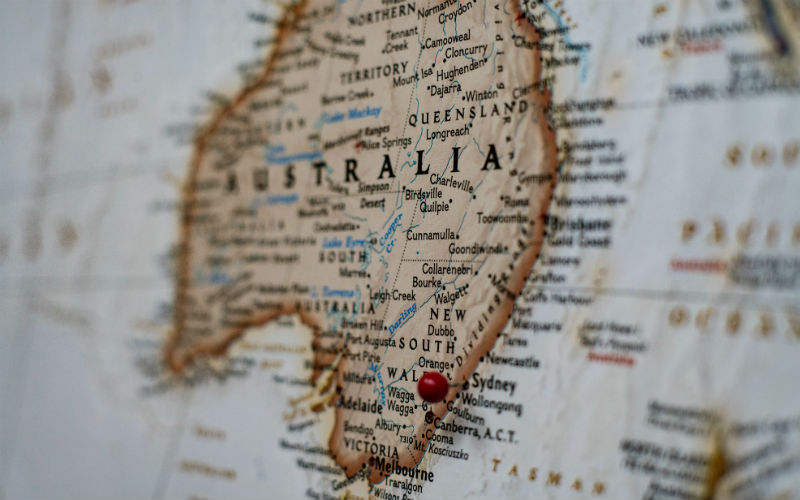Excluding residents returning after less than one year away, 719,080 people arrived in Australia in January, up nearly 44% from January '23 per the ABS.
The majority (603,770) were short term arrivals, an increase of more than 46% on last year, with the level of tourists now 17% off January 2019, before the pandemic.
Much of the remainder was made up by the 82,890 international students who touched down in January, up nearly 40% from the same time last year and now just 8.1% off January 2019.
For anyone concerned by the soft GDP growth last year, this will come as welcome news, with international students and tourists likely to boost the slow growing Australian economy.
Weak consumption was an area of concern for many in the GDP numbers, with household consumption growing just 0.1% year on year in the December quarter.
However, NAB economist Taylor Nugent points out that this low number is partly because the spending of international students isn't recorded as consumption.
"If we included that local [student] spending, total consumption growth was 1.1% year-on-year in 2023," he explained.
"This will not be news to the RBA, but it does help reconcile the softness in consumption growth with persistence seen in measures of excess demand."
GDP growth by population has been negative for four consecutive quarters, which is commonly referred to as a per capita recession.
Arguably, this means population growth is the main reason why Australia isn't currently in a full blown recession.
ABS figures for the 22/23 financial year found a net annual increase of 518,000 to Australia's population, and according to CommBank, international students made up the biggest portion of this.
NAB estimates suggested that of the last quarter in 2023, there were nearly 650,000 people in Australia on student visas, although it is also forecasting the growth in these numbers to ease this year.
More pressure for housing?
While international students are a likely boost to the national accounts, there are still concerns that excess population growth is a major contributor to housing shortages across the country.
Louis Christopher of SQM Research believes the "big problem" for housing supply in 2024 is that the number of new dwellings being built will not meet the demand from overseas migrants.
"According to the ABS, the pipeline for this year will build about somewhere between 150 to 160,000 dwellings," he told the Savings Tip Jar podcast.
"That would cater for an additional 220 to 240,000 people, so that's what the overall population growth rate [needs to] slow to.
"And I'm not so sure it's going to slow to that level for this year."
Others within the property industry, like Simon Pressley of Propertyology, say this is an oversimplification.
"I think people have forgotten that, when the international border closed, Australia had two years without any population growth and the construction industry was stimulated," he told Savings.com.au.
NZ the number one holiday spot?
The ABS release also suggested that New Zealand is once again the number one holiday spot for Aussies, with 177,090 people returning from short term trips across the ditch in January, compared to 156,130 to Indonesia.
In 2023, more Australian holiday makers went to Indonesia than New Zealand for the first time in recorded history, but the Kiwis look to have started 2024 the strongest.
Third was India, with 112,360 residents returning from short term trips there.
Recent research from American Express found 76% of Australians are planning to take up to three vacations this year, despite pressure from the cost of living and high interest rates.
Picture by Ross Parmly on Unsplash



 Denise Raward
Denise Raward
 Harry O'Sullivan
Harry O'Sullivan


 Brooke Cooper
Brooke Cooper

